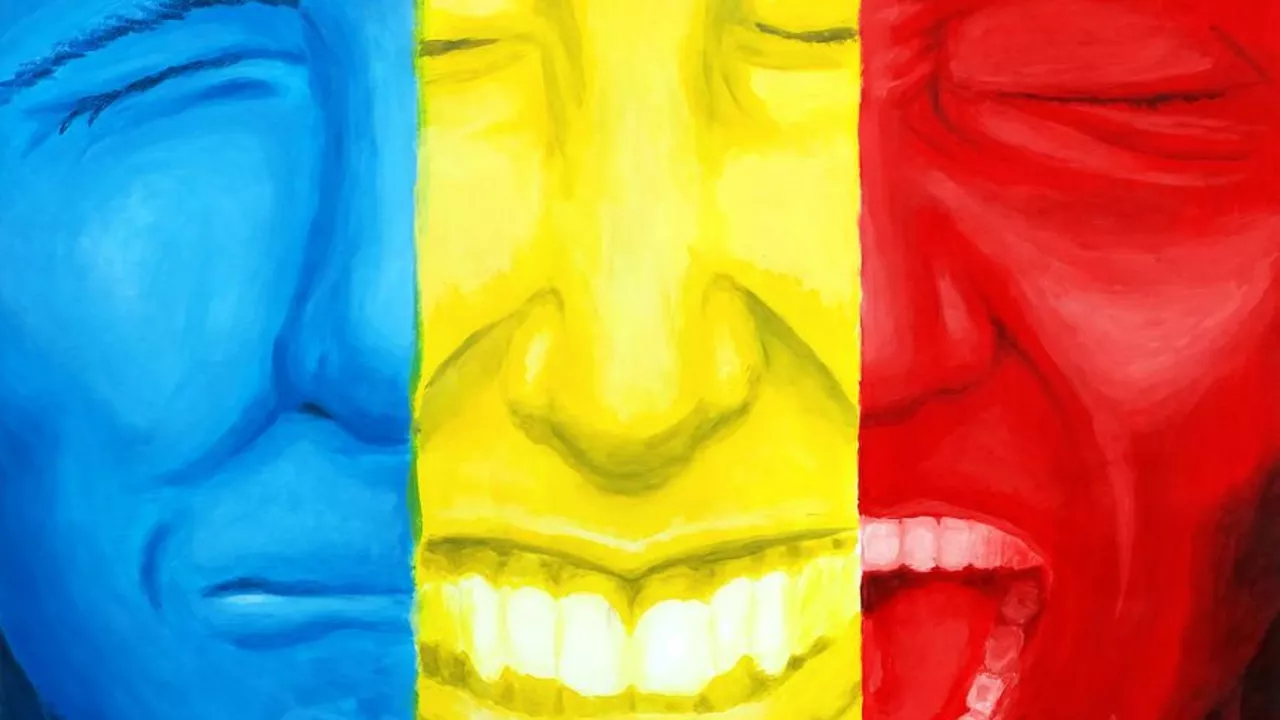A Painter's Canvas: Society as Reflected in Art
Just as my Maine Coon Picasso splotches different colours on his favourite scratching post, artists have always used a variety of hues and strokes to portray their societies on canvas. Art is a stark mirror. This mirror of art reflects societies' triumphs, struggles, hopes, and fears with sometimes brutal honesty. That's the beauty of it. If you look close enough, you can piece together history from the strokes of a brush, the bend of a sculpture, or the pixels on a screen. The mirror of art isn't always pretty, yet it's undoubtedly an intriguing look into our collective psyche.
From cave etchings depicting hunts and survival challenges, to modern art pressing on societal issues, the connection and reflection are ever-present. Art isn't just about making expressions but it is a means of commentary. Artists are the scribes of their time. They’re the emotional historians, the vibrant record keepers, and the far-sighted seers, always a step ahead in capturing societal waves. So, let's delve into this deeply fascinating topic, shall we?
Unravelling History: From Cave Paintings to Modern Structures
Long before structured society, wall paintings in caves showcased the beauty simplicity of the early human experience. These cave paintings were far from being just mindless scribbles of an ancient being. They were (and still are) an early projection of society and its primal struggles and achievements. If a group predominantly hunted a specific animal, you'd find that animal etched on their walls. These paintings reflect not only the ways of life but the death, and the spiritual beliefs in these societies, as well as their encounters with the natural world.
Fast forward to the art of civilisations like Egypt, Greece, and Rome, and we see a different kind of reflection. This art was heavily issued by hierarchies, religion and power. Grandeur and glorification were the norm, emphasizing an idealized, divine society. From murals of Pharaohs to statues of gods, art was a propaganda machine, a means to inculcate and reinforce the belief systems.
Art – The Light that Shines Dark Times
As the wheel of time moved, art morphed into various styles and movements. Each was distinct but mirrored a reflection of societal shifts. Think renaissance. This was a time of awakening, curiosity, and exploration of various facets of human possibilities. Art in the Renaissance reflected these societal changes. Artists moved away from creating divine figures to portraying real human beings with beautiful imperfections. One of my favourite pieces from this era is the 'Mona Lisa' – her enigmatic smile, a perfect example of representing an individual's expressive subtleties.
Around two centuries later, during the industrial revolution, artists started painting the grim reality of urban life. They captured the changing landscapes, the bustling factories, and the people. They became documentarians of the rapid societal changes. Perhaps the best illustration of this could be seen in the works of the impressionists. Monet's 'Water Lilies', for instance, beautifully capture the fading natural surroundings with the advent of industrialisation.
The Embodiment of Revolution: Modern Art
Now, we move to a personal favourite era of mine – the 20th century. The world saw two world wars, different social and political movements such as Women's Rights, Civil Rights, and a surge in technological advancements. Modern art rose as a reaction and reflection of these rapid societal changes. Artists began to use their work to influence opinion and bring social change. For example, Picasso's 'Guernica' is a strong political statement against the atrocities of the Spanish Civil War. The chaotic and volatile nature of society at that time is passionately conveyed in this masterpiece.
We also saw the rise of Pop Art exemplified by artists like Andy Warhol and Roy Lichtenstein. Pop Art was a reflection of the commercial consumer culture that was burgeoning post-war. The iconic 'Campbell Soup Cans' by Warhol was indeed a commentary on the mass production consumer goods, literally bringing the mundane commercial imagery into the world of high arts.
New Age Projections: Digital Art & Social Media
Leap to the 21st century, and we have a variety of new media. There’s digital art, video art, virtual reality and so much more! With the rise of the internet and social media, artists now have a global platform to voice their opinions, their aspirations, their dissent, and their hopes. Art has become more accessible, more democratic, and more reflective of a diverse society. Street art, for example, has become a popular tool for societal messages and expressions. Famous street artist Banksy’s work often delivers bold social and political messages. His art form is a great example of how art truly reflects society.
Data Art is a newer form that reveals societal trends. Artists use data to create visually pleasing patterns that reflect statistical facts about our society. The inclusion of data in art suggests a broader societal shift towards more data-driven decision making and understanding of our world. The intersection of technology and art has opened numerous avenues for critique, reflection, and expression encapsulating a multitude of societal pulses.
Every epoch has had its unique societal makeup, and art has always adapted to reflect this. The mirror of art projects the features of society, blemished yet beautiful, evolving and ever-changing. So, the next time when looking at a piece of artwork, pause and ponder what societal feature this canvas is projecting. You may discover something incredibly profound. Fellow creatives, remember, our creations are not only expressions of our souls but also the echoes of our society. So, let's continue to paint, sculpt, draw and digitalise the heart of our society.
And yes, Picasso (my furry comrade, not the surrealist mastermind) totally approves this message. So paint on!
